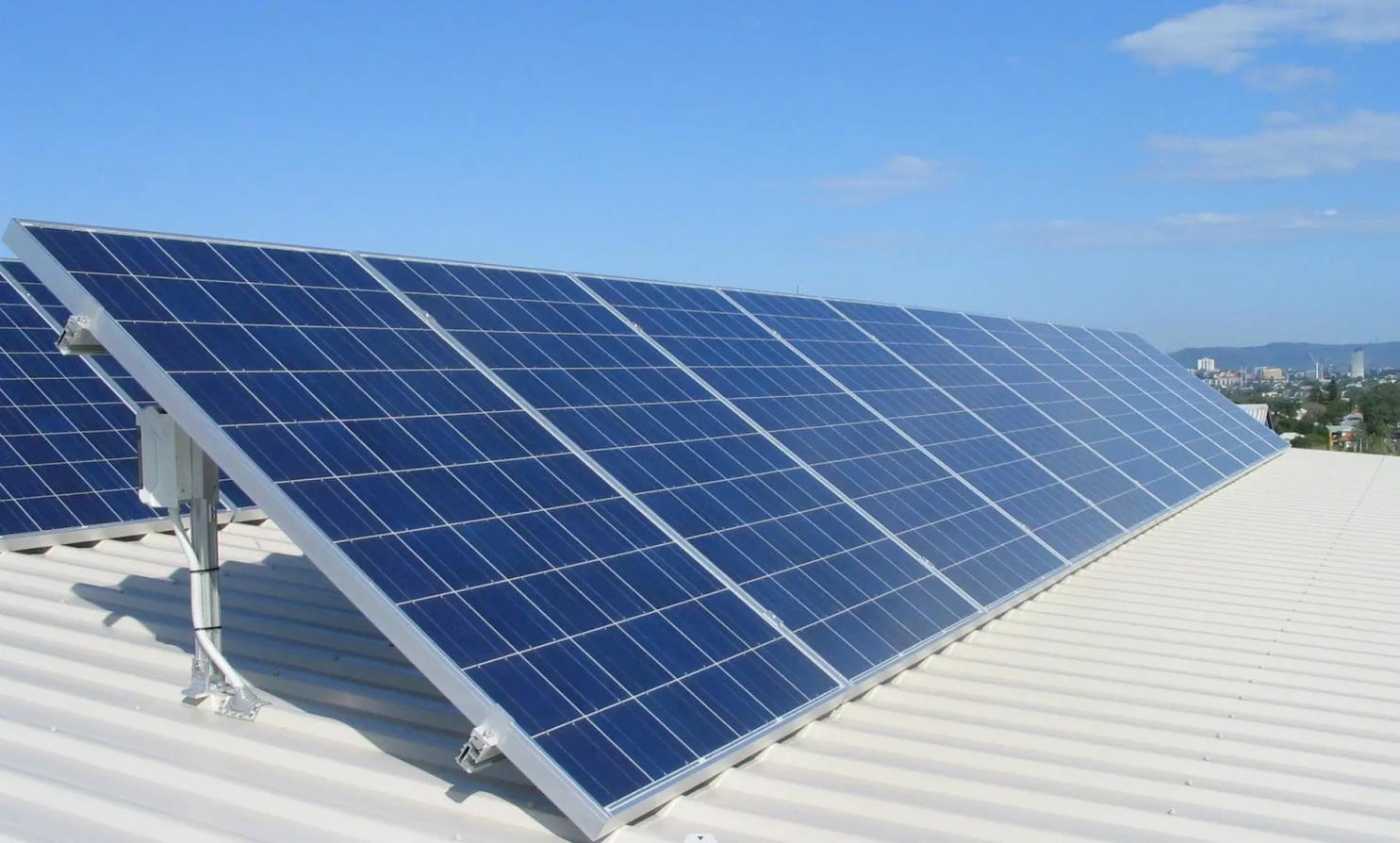The efficiency of third-generation solar cells has significantly improved
Recently, according to the latest research published in the British journal Nature Energy, an international joint team reported the successful manufacture of perovskite/silicon double-layer single-cell batteries. Under outdoor conditions, double-sided series connected solar cells achieve efficiency beyond any commercial silicon solar panel. This is also the first clear evidence of the superior performance of the double-sided series connection device through experiments.
Perovskite solar cells are the third-generation solar cells that utilize perovskite type organic metal halide semiconductors as absorbing materials. They have characteristics such as low cost, high photoelectric conversion efficiency, and huge commercial potential that cannot be ignored.

The research team analyzed the perovskite bandgap required to achieve optimal current matching under various real lighting and albedo conditions. A new double-sided series solar cell in the study is composed of a silicon layer and a perovskite layer, combined with many other compounds. Due to the use of a narrow perovskite bandgap, the device structure with a transparent back electrode relies on albedo to enhance current generation in the bottom cell and the top cell of the perovskite.
The team further reported for the first time the results of a double-sided series configuration with a certified power conversion efficiency greater than 25% under single-sided AM1.5G (reference spectrum for solar conversion system standard testing) sunlight exposure, and a power generation density of up to 26mWcm-2 in an outdoor experimental field. After comparing the performance exposed to different albedos, the research team concluded that double-sided single-sided perovskite/silicon tandem solar cells utilize the diffuse reflected light albedo in the environment, and their performance is superior to single-sided perovskite/silicon tandem solar cells.
Researchers have stated that the complexity of serial devices is the main challenge of this study, which involves 14 materials, each of which must undergo so-called "perfect optimization".
Although conventional series connected solar cells can also be converted into electricity by absorbing additional wavelengths of light, scientists have demonstrated that using a double-sided series configuration can exceed the performance limits of currently recognized series configurations. This new system, which utilizes another layer made of traditional silicon substrate and perovskite in series, not only collects more energy but also captures a lot of wasted, ground reflected and scattered light, increasing the efficiency of series connected solar cells as never before.
